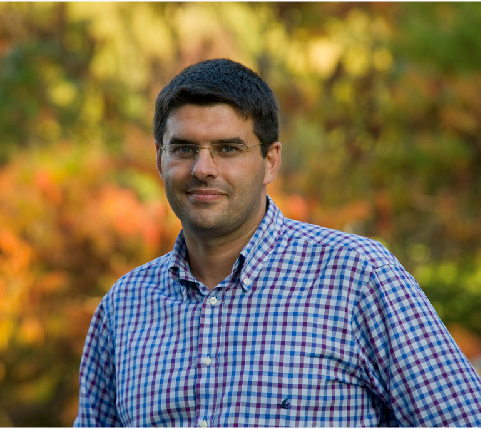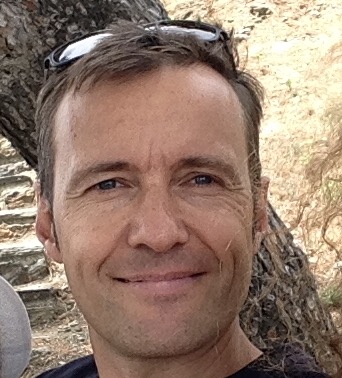
The Asymmetric Universe
Frank Close, Oxford University
Abstract: What is the Higgs Boson? How does it link to the existence of the material universe, with atoms, molecules and life? And why is everything lopsided – a universe of matter to the exclusion of antimatter; with atoms perfectly balanced electrically – with negatively charged electrons and positively charged protons annulling one another to leave gravity dominant at large scales – yet lopsided in structure, with fundamental electrons encircling a compact massive nucleus constituted from quarks. Why is life itself lopsided – our heart on the left (in most people, but not all), and our DNA coiling only in one direction? Could all of these phenomena have a common cause, and if so, is it the same phenomenon that is manifested by the Higgs Boson? If so, it is what is known as “Hidden Symmetry” – which makes shopping trolleys refuse to go where you push them, ensures that casinos will always win, and makes spiral galaxies, snowflakes and magnets.
I shall demonstrate how the Higgs mechanism works, using well known phenomena and without analogy. I shall also describe symmetry, what it is, and why it is not always best. The Higgs mechanism explains why there is structure in Nature – why atoms have a size, why the nucleus is compact, why the sun burns so slowly that evolution has had time to work its magic. I shall show that the ideas are essential to our existence and also suggest that they might be even more widely applicable, even to offering an explanation of why the observable universe is made of matter to the exclusion of antimatter.
Timing in scientific experiments
Javier Serrano, CERN
Abstract: Historically, our ability to measure time and its inverse, frequency, has greatly benefited from scientific advances. In fact, if one looks at the latest generation of high-precision clocks, they appear very much like other complex scientific experimental setups. So science helps timing, that's well known. But how does timing help science? In this talk, I will go through a number of scientific experiments of different kinds. For each type of experiment, I will provide a quick introduction and some context to appreciate its scientific relevance, and then focus on the role of timing and synchronization subsystems within the experiment. Along the way, we will see the different techniques used in timing systems to cope with the widely varying constraints in factors such as accuracy, precision and geographic distribution.


Precise Time and Frequency Signals for Space Missions
Pierre Waller, European Space Agency
Abstract: All space missions and systems critically rely to some extend on the availability of precise time and frequency signals, with a wide range of characteristics in terms of frequency, stability, accuracy, availability, reliability. A good example of such mission is Global Navigation Satellite Systems like Galileo, for which the navigation and positioning service performance ultimately depends on the performance of the on-board clock and how good it can be predicted. This calls for two types of requirements. On-board the satellite first, the clock shall be able to withstand the stress of the launch, to be compact and of reasonable power consumption, to operate continuously over extended period of time (typically 12 to 15 years), and to maintain a stability that guarantees a good predictability over a period that can extend up to several days. Second, a stable and properly coordinated system time shall be generated to serve as a reference time against which all clocks in the system (both on-board the satellites and on the ground stations) can be referred to. In both cases, advanced and various types of techniques and technologies for signal synchronisation are used.
The keynote presentation will review these various techniques and technologies for precise time/frequency generation and distribution in space missions and in particular for GNSS, and will provide an overview of activities currently on-going at the European Space Agency in the domain, including advanced GNSS signal processing and White Rabbit technology.



